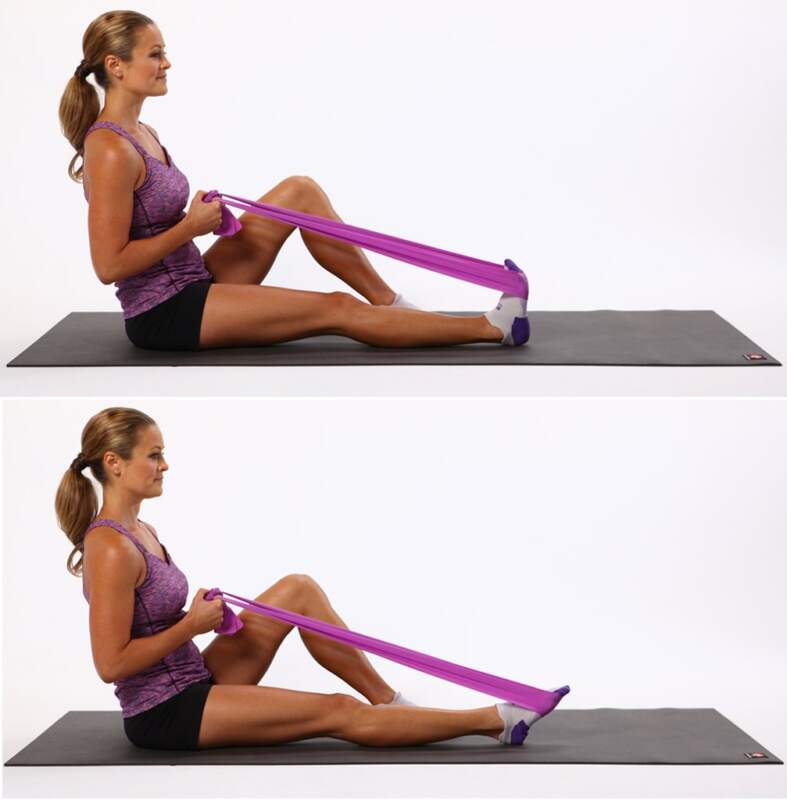Building Muscle After 60: A Guide for Older Adults
The Good News About Muscle Growth and Aging:
Despite the common misconception that older adults can’t build muscle, the good news is that muscle growth is possible well into our golden years. In fact, with the right approach, older people can counteract age-related muscle loss, known as sarcopenia, and gain lean muscle mass. A recent study indicated that even older men and women, typically considered past their muscle-building prime, can achieve significant muscle gains.
Understanding the Importance of Muscle Strength:
As we age, a loss of muscle mass becomes more apparent. This decline isn’t just about aesthetics; it’s tied to a myriad of health concerns, from reduced bone density to an increased risk of falls. However, a consistent fitness routine, incorporating resistance exercise and weight training, can help older adults regain muscle strength. The benefits of strength training include not only muscle growth but also improved overall health, making it a great way to stay in better shape during old age.
The Health Benefits of Building Lean Mass
Building muscle as an older adult offers numerous physical, mental, and metabolic benefits. Here are the key advantages:
1. Improved Functional Strength: Building skeletal muscle enhances the ability to perform daily activities, such as lifting objects, climbing stairs, or even getting up from a chair, making older adults more independent.
2. Increased Bone Density: Resistance training stimulates bone formation and can reduce the risk of osteoporosis. Strong muscles lead to stronger bones, which decreases the likelihood of fractures.
3. Improved Balance and Stability: Strengthened muscles contribute to better balance, reducing the risk of falls. Given that falls are a leading cause of injury in older adults, this is particularly important.
4. Joint Protection: Building muscle can help protect the joints from injury. It’s especially beneficial for those with joint concerns or arthritis.
5. Higher Metabolic Rate: Muscle tissue burns more calories at rest than fat tissue. Hence, increased muscle mass can lead to a higher resting metabolic rate, aiding in weight management.
6. Enhanced Mental Health: Regular resistance training can lead to improved mood and reduced symptoms of anxiety and depression. The sense of accomplishment from strength training can also boost self-esteem and confidence.
7. Chronic Disease Management: Building muscle can help manage chronic diseases such as type 2 diabetes by improving glucose metabolism. It can also lower blood pressure, improve lipid profiles, and enhance cardiovascular health.
8. Increased Longevity: Muscle strength is often linked to longer life expectancy. A strong musculature can contribute to better overall health, reducing the risk of premature death.
9. Enhanced Posture: Stronger muscles contribute to better posture, which can reduce back and neck pains, and other musculoskeletal issues.
10. Counteract Age-Related Muscle Loss: As we age, we naturally lose muscle mass—a condition called sarcopenia. Strength training helps counteract this decline, maintaining a more youthful physique and function.
11. Improved Cognitive Function: Some studies suggest that regular resistance training can enhance cognitive functions in older adults, boosting memory and executive functions.
12. Improved Mobility: Building muscle can lead to better flexibility and mobility, making movement more fluid and less strenuous.
13. Support in Weight Management: As muscle mass increases, so does the body’s ability to burn calories, assisting in weight loss or maintenance.
14. Social Benefits: Joining fitness classes or gyms can offer a social setting, providing older adults with an opportunity to connect with peers and combat feelings of isolation or loneliness.
15. Enhanced Quality of Life: Overall, the combined benefits of muscle building—ranging from improved physical capacities to mental health boosts—contribute to a better quality of life in older age.
16. Improved Testosterone Levels: Engaging in regular resistance training over time can also influence baseline testosterone levels, especially in older men. Older men who engage in consistent weight training tend to have higher testosterone levels than those who are sedentary.
17. Growth Hormone Improvement: Resistance exercise induces a significant acute elevation in circulating GH. The increase in GH following resistance exercise promotes protein synthesis, muscle growth, and fat metabolism. Factors that enhance the GH response to resistance exercise include training with heavier weights, shorter rest intervals, and performing more total work or engaging in compound exercises that involve multiple large muscle groups.
Incorporating strength training into one’s routine can be one of the most transformative actions an older adult can take, not just for the body, but for overall well-being. As always, it’s important to consult with healthcare providers before starting any new exercise regimen.

Incorporating Resistance Bands and Weights for Muscle Strength:
One of the best ways to combat age-related changes in muscle size is through progressive resistance training. Free weights, heavy weights, and even lighter weights can be effective when used correctly. Resistance bands are also a valuable tool, providing an adaptable resistance exercise that targets various muscle groups. These bands are particularly beneficial for older adults who might be hesitant to lift heavier weights right away. Moreover, bench presses, along with bodyweight exercises, should also be incorporated into a workout routine for best results.
Nutrition: The Cornerstone of Muscle Growth:
Muscle growth isn’t solely the result of physical activity. Proper nutrition plays a pivotal role in muscle protein synthesis. The vast majority of clinical trials underscore the importance of enough protein in the diet. For older adults, consuming 1.2 to 1.5 grams of protein per kilogram of body weight can aid in muscle gain, especially when coupled with resistance exercise.
Older adults must ensure a balanced diet, rich in essential amino acids, healthy fats, and essential nutrients like Vitamin D. Protein powders, especially whey protein, can complement dietary protein intake. However, whole foods are always preferable. The synergy between resistance training and protein intake is crucial for muscle gain in the face of anabolic resistance, which is a diminished response to protein intake seen in older age.
Incorporating Aerobic Exercise:
While building muscle is at the forefront, aerobic exercise shouldn’t be neglected. Aerobic training is essential for cardiovascular health and works in tandem with strength training to shape the entire body. This type of exercise can help in weight loss, reducing body fat, and enhancing lean body mass.
Working with a Personal Trainer or Exercise Physiologist:
For those unfamiliar with weight lifting or unsure about the proper form, enlisting the help of a personal trainer or exercise physiologist is a good idea. They can offer insights into daily routines, ensuring older adults get the most out of their training sessions without risk.
Rest and Recovery:
Muscle fibers undergo wear and tear during workouts, making the recovery process essential. Older adults, especially, need to factor in rest days to maximize muscle recovery and growth.

Conclusion:
It’s a misconception that with old age comes less muscle. With the right training program, older adults can counter age-related muscle loss. Coupled with a healthy diet and adequate protein supplements, they can be on their way to achieving their fitness goals, even in their golden years.
Remember, the golden years can indeed be golden. With the right mix of resistance and aerobic training, proper nutrition, and an active lifestyle, older adults can maintain muscular strength, ensuring a healthy, vibrant life. The benefits of strength training, a balanced diet, and adequate protein intake cannot be emphasized enough, especially in the context of the unique challenges posed by age-related changes.








